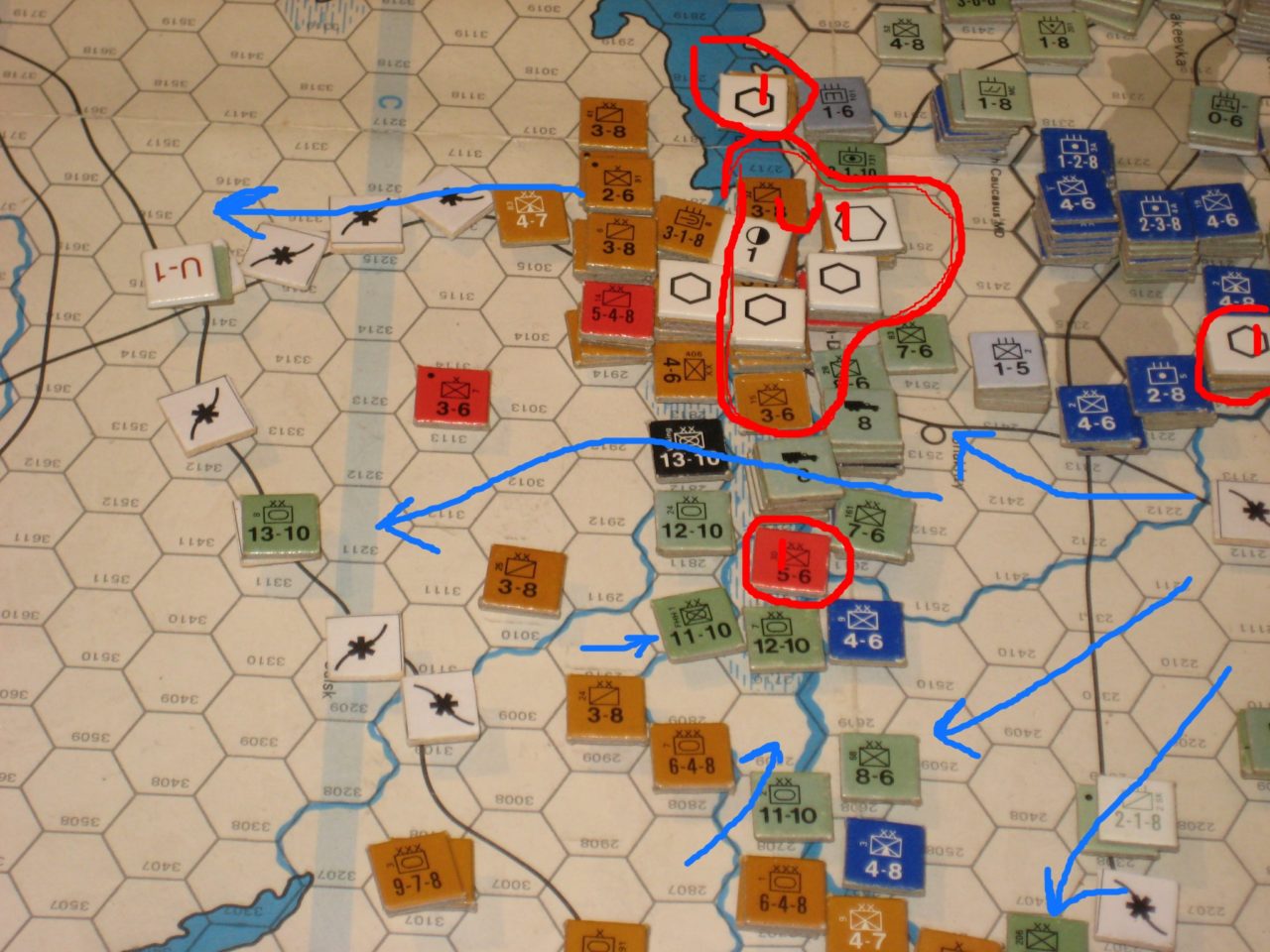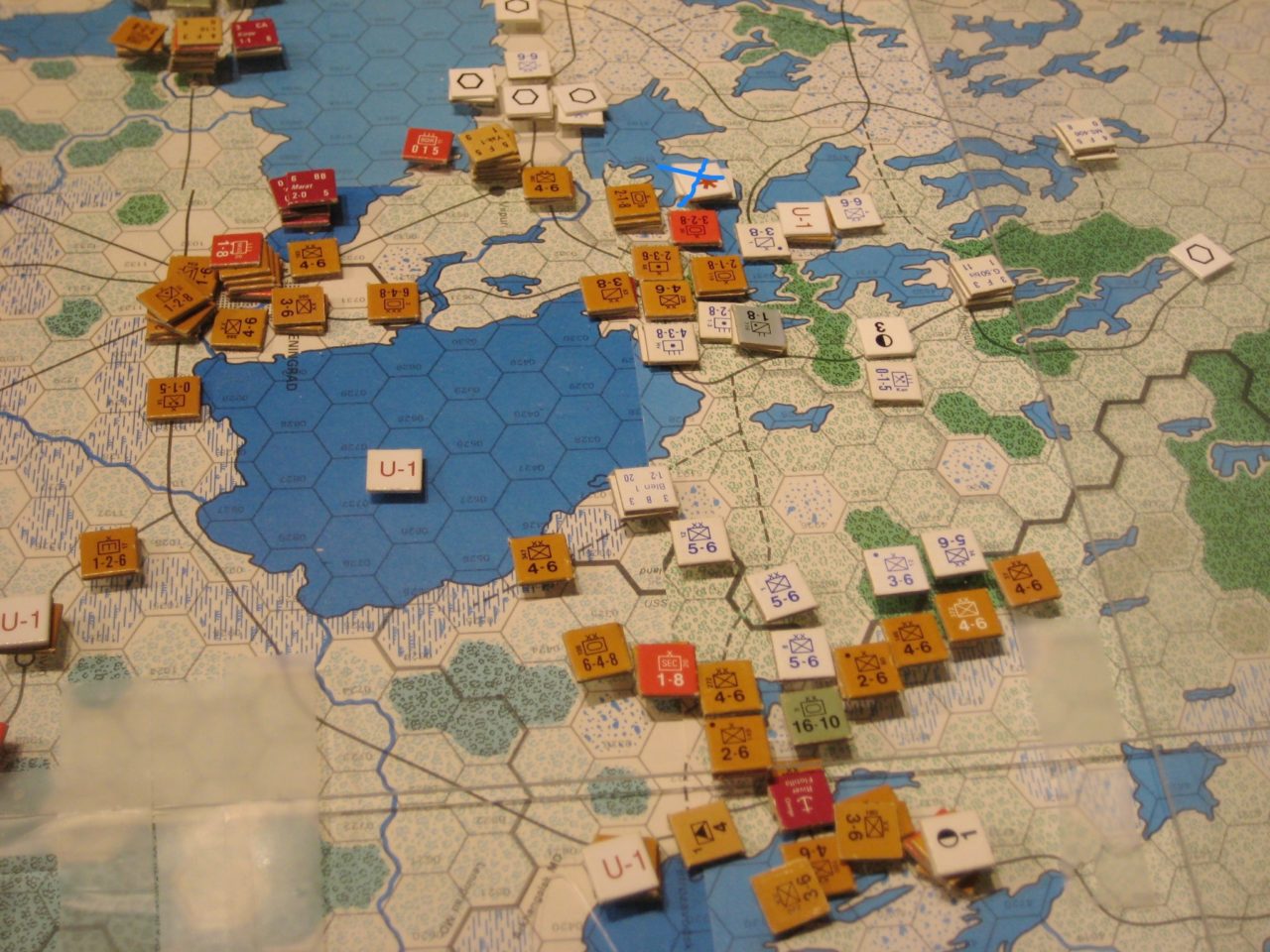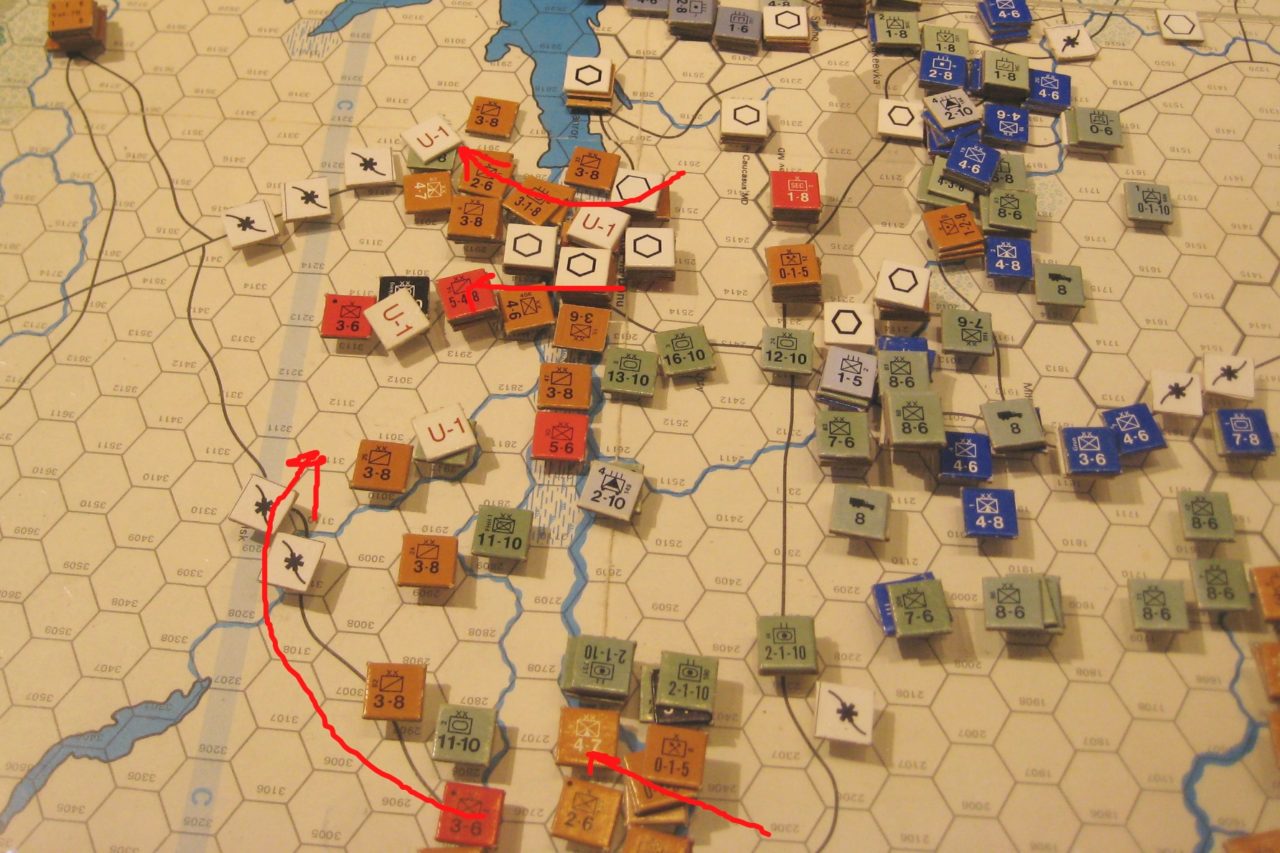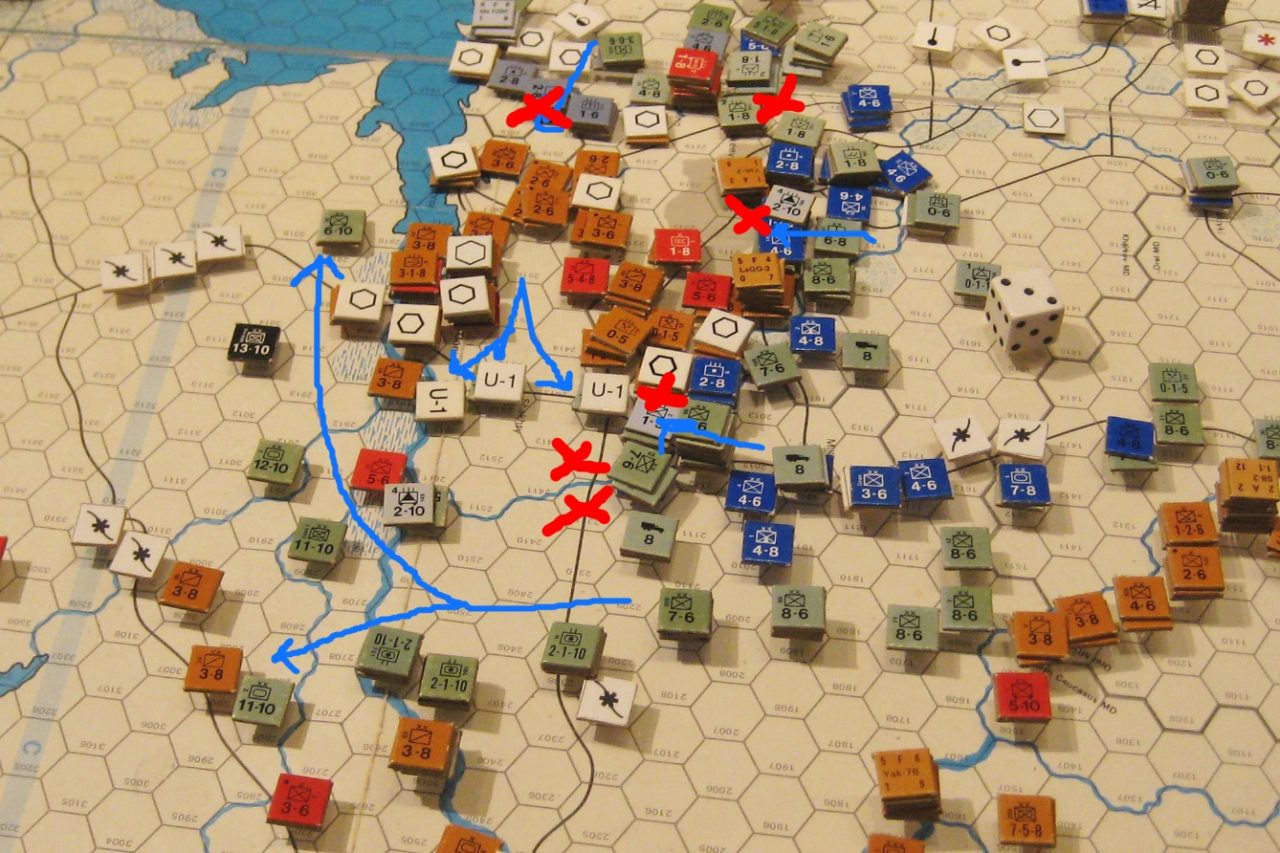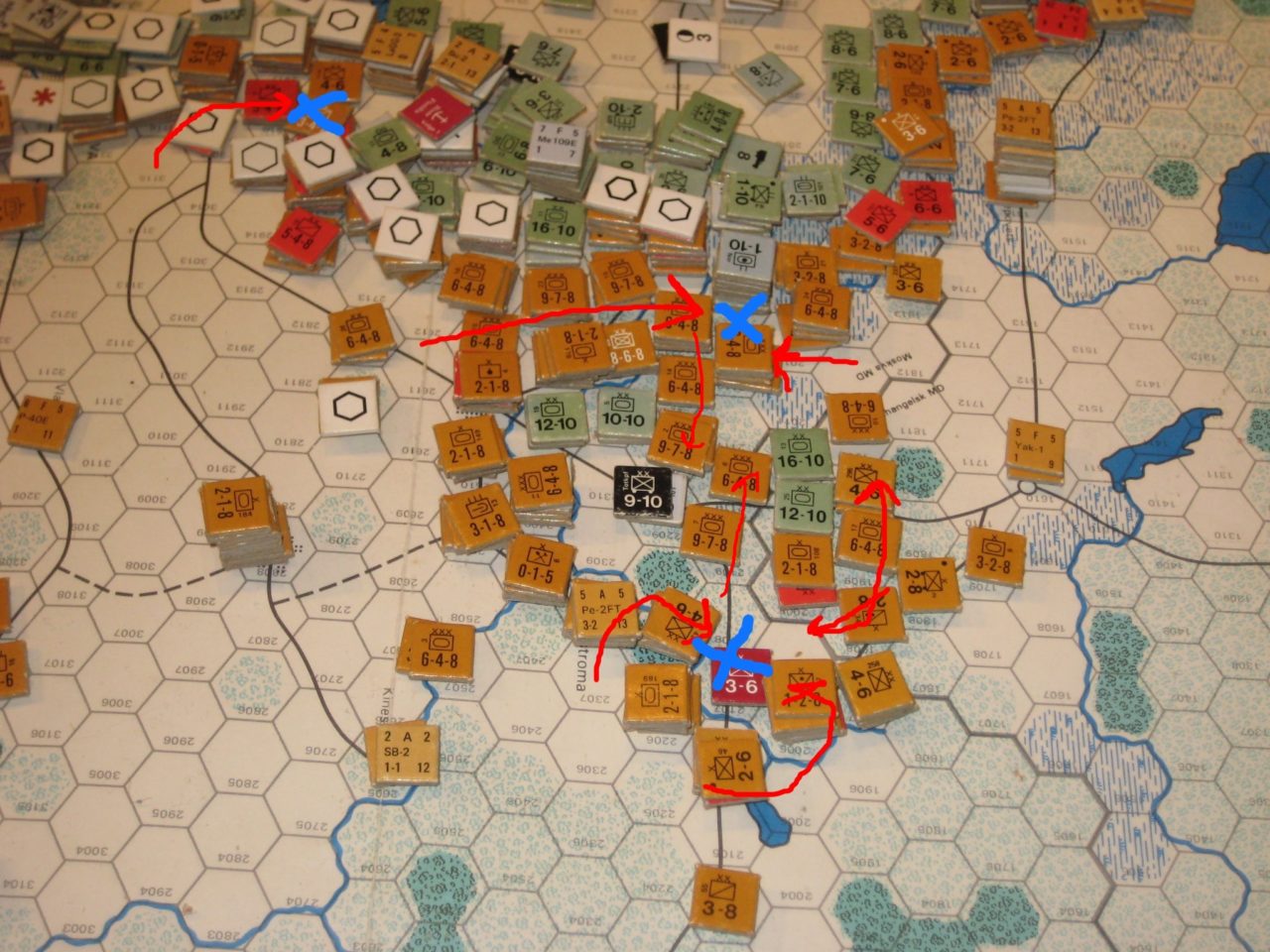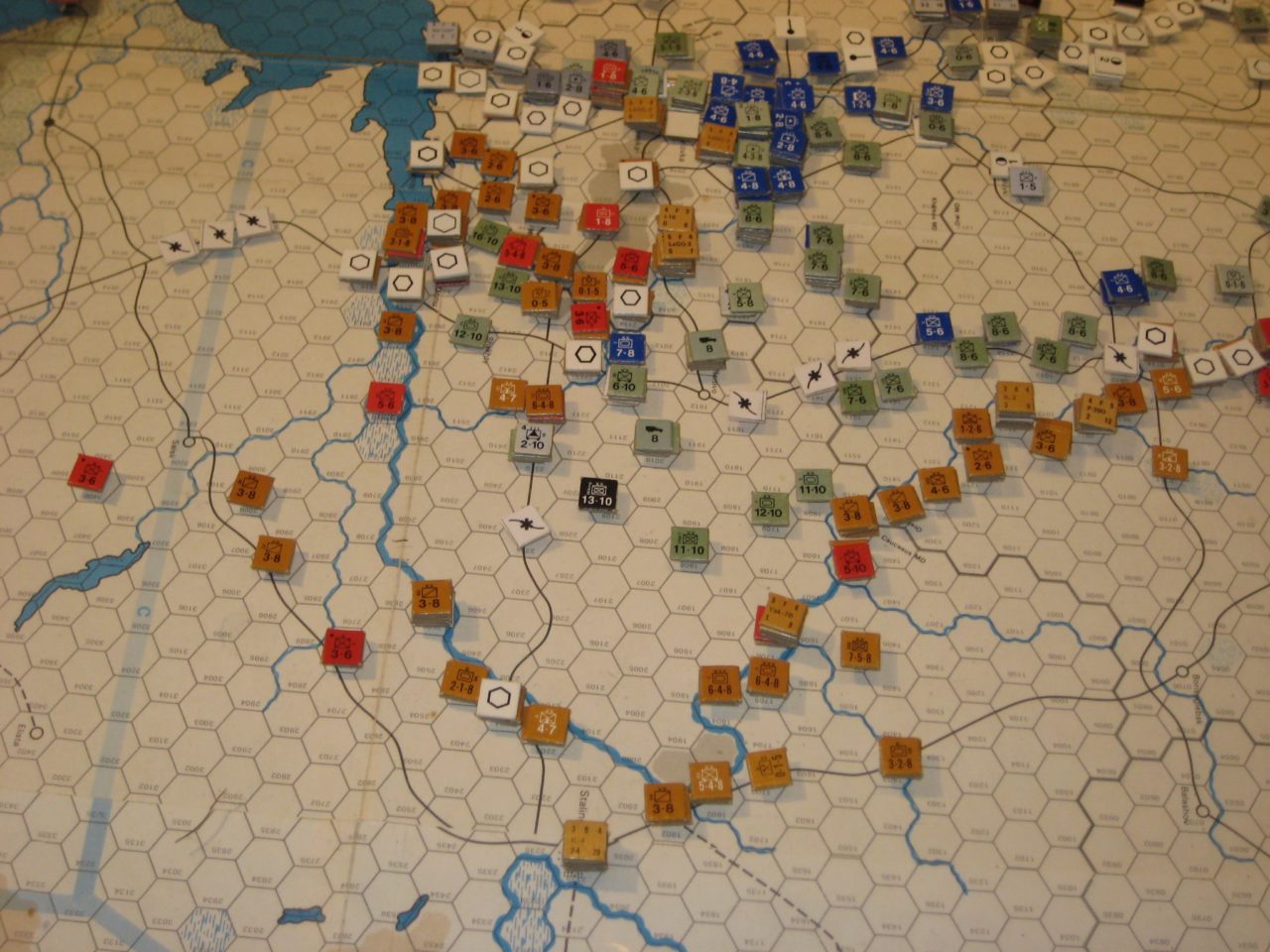The Germans began negotiations during the winter of 1942 to secure more troops from their allies to complete the conquest of the Soviet Union. The Hungarians were persuaded to send some 200,000 troops in their Second Army for front-line duties to supplement the troops on occupation duties, but the Germans would have to replace the equipment lost during fall campaign by the Mobile Corps (Gyorhadtest). Former Belgian and Czech equipment, as well some of German manufacture, was transferred during the early winter of 1942 to the 1 armored and 9 light divisions that comprised the Second Army.
Structure
Light Division
A light division had 2 infantry regiments and a field artillery regiment as well as a hussar squadron, a 40mm AA battery, and an AA machinegun company under command. Each infantry regiment had 3 infantry battalions as well as a company of 81mm mortars, an anti-tank company with a mix of 47mm and 50mm guns, a motorized machinegun company, an pioneer company and a battery of 80mm field guns. Curiously these latter units weren’t organized into a heavy weapons battalion like most other armies. Each rifle battalion had three rifle companies and a heavy weapons company equipped with platoons of medium machine-guns, 81mm mortars and 47mm AT guns. The field artillery regiment had 2 battalions, one with a battery of 76.5mm field guns and a battery of German leFH 105mm howitzers and the other with four batteries, two with 100mm Skoda Model 14 howitzers and two with 150mm modernized Skoda 14/39 M. howitzers. Each battery had four guns.
One source states that a reconnaissance battalion was added to the infantry divisions after November ’42. Due to the language difficulties, I’m not yet able to confirm this.
I’m not exactly sure why the Hungarians called their infantry divisions “light (könnyu)”, but it’s probably because they only had two regiments rather than the three found in most other army’s infantry divisions. The “light” name wasn’t used for the three regiment divisions organized from mid-1943.
Armored Division
The 1st Field Armored Division (1. tábori páncéloshadostzály) had the 30th Tank Regiment and the 1st Motorized Rifle Regiment as its primary components. The 30th Tank Regiment comprised a company of engineers and two tank battalions, each with one heavy tank company of 11 Pz IVs and two medium tank companies of Pz 38(t)s. The 1st Motorized Rifle Regiment consisted of three motorized rifle battalions and a motorcycle company. Each battalion consisted of three rifle companies and a motorized machinegun company with platoons of medium machineguns, 81mm mortars and 37mm AT guns. Divisional troops were the 1st Reconnaissance Battalion, consisting of a light tank company of Toldi I tanks, a company of Csaba armored cars, a motorcycle infantry company, and a platoon of 50mm AT guns and the 51st Armored Anti-aircraft Battalion with 3 companies of Nimrod self-propelled AA guns. The divisional artillery consisted of the 1st and 5th Motorized Artillery Battalions, each with three four-gun batteries of 105mm leFH 18M howitzers and the 51st Anti-aircraft Battalion had two batteries of 80mm Bofors Model 29 AA guns. One source, however, gives the designation for this last unit as the IInd. As deployed it totaled 108 PzKw 38(t)s, 22 PzKw IV (kurz), 17 Toldi Is, 19 Nimrods, and 14 Csaba armored cars, though some sources claim tht it had only 89 Pz 38(t)s.
Corps Troops
Each corps was organized identically, I think, with a bicycle battalion of two bicycle companies, a hussar (cavalry) squadron with an organic battery of 80mm horse artillery, an anti-aircraft battalion with a company each of 40mm and 80mm AA guns, and an engineer battalion of two companies. Artillery support was provided by an artillery battalion of two four-gun batteries of 149mm Skoda M14 howitzers and a motorized heavy battalion with two four-gun batteries of 150mm Bofors Model 31 howitzers.
Army Troops
The 101st Towed Heavy Artillery Battalion initially had just one battery of Italian 210/22 modello 35 howitzers, but added another battery of 150mm Bofors Model 31 howitzers by the end of the year, possibly acquired from the 150th.
The 150th Motorized Heavy Artillery Battalion initially comprised 3 batteries of Bofors 150mm howitzers, but by 1943 had managed to acquire a battery of 305mm Skoda siege guns (German aid?), a battery of Soviet 203mm B-4 howitzers and a battery of 152mm Soviet howitzers.
The 101st Antiaircraft Battalion had three batteries of 80mm and one battery of 40mm AA guns. The 151st Motorized Engineer Battalion was only partially motorized as two companies of its engineers were motorized while the other two were mounted on bicycles. It also controlled two assault boat companies. There was also the 101st Motorized Chemical Battalion that had a company of 72 flame-throwers. The 106th and 107th Independent Automatic 40mm AA Batteries were also assigned to the 2. Army.
Equipment
The Hungarian Army used the progenitor of the MG 34 as their LMG and modernized Austro-Hungarian Schwarloze 07/12 machine guns were used in the medium/heavy MG role. Some engineer and signal units used ex-Yugoslav Bren guns. Mortars were a mix of German and Hungarian-manufactured 50mm and 81mm models. Company-level anti-tank defense was provided by two 20mm Solothurn s18-1100 anti-tank rifles. Anti-tank guns were a hodgepodge of Czech 37mm, Belgian 47mm and German 50mm guns. Artillery was a grab bag of partly modernized Austro-Hungarian weapons and modern Swedish, Italian and German guns. Sweden provided all of Hungary’s AA guns, including the famed 40mm Bofors.
Hungarian production of armored fighting vehicles was a relatively recent development with Swedish-designed Csaba armored cars and Toldi light tanks in service. The Csaba was an design of which little information has survived. The first versions of the Toldi were armed with a 20mm gun, probably adapted from the Madsen 20L65, but later models were armed with a cut-down Bofors 40mm. The evidence is uncertain, but most, if not all the Toldis in use in 1942-3 were early models with the 20mm gun.
Hungary requested a license for the PzKw III and IV, but was turned down to avoid upsetting the Romanians. A license was granted to build a Czech medium tank design, the Skoda T-22, as this was less provocative to the Romanians; and they had the oil.
Called Turans by the Hungarians, the first T-22s weren’t delivered until late ’42 and the Germans delivered 108 PzKw 38(t)s and 22 PzKw IVs to allow 1st Field Armored Division to deploy to the Eastern Front. The precise models of both tanks are unknown, but the PzKw IVs were definitely armed with short-barreled guns. Whether the PzKw 38(t)s were delivered fresh from the factory or refurbished is also unknown, but the Ausf G model was in production when they were transferred to the Hungarians. Photographic evidence indicates that at least some PzKw 38(t) Ausf Gs were in Hungarian service. The Nimrod was a Swedish-designed self-propelled 40mm AA gun that used the basic Toldi chassis. The Hungarians, desperate for anti-tank vehicles, used them as such.
The Hungarians called their ordinary infantry division-equivalent light brigades, but the units of the Second Army were heavily reinforced and termed light divisions with 14,000 men assigned. They seem to have been influenced by the Italian model as they were structured much like Italian binary divisions, as you can see from the unit organizations above, and normally totaled about 12,500 men without the reinforcements attached to the divisions of the Second Army.
The divisions of III Corps, being the first to arrive in theater, were less well equipped than the later arriving units. They had a 47mm AT gun rather than the 50mm in the regimental AT companies. Similarly the battalion level AT guns were 37mm rather than the usual 47mm. By November ’42 the Hungarians fielded 43 75mm Pak 97/38 (75L36) AT guns. My guess is that they were distributed pretty evenly between the divisions.
Unit Designations and Assignments:
Generally, only the infantry regiments had designations different from the parent brigade. Only non-divisional units corroborated by two sources are shown below. However I feel fairly confident that each corps did field a cavalry squadron.
III Corps
- 6th Light Division; 22nd and 52nd Infantry Regiments
- 7th Light Division; 4th and 35th Infantry Regiments
- 9th Light Division; 17th and 47th Infantry Regiments
- III Motorized Heavy Artillery Battalion
- 5/II Artillery battalion
- VI Bicycle Battalion
- III Engineer Battalion
- III AA Battalion
- 1st Cavalry Squadron
IV Corps
- 10th Light Division; 6th and 36th Infantry Regiments
- 12th Light Division; 18th and 48th Infantry Regiments
- 13th Light Division; 7th and 31st Infantry Regiments
- IV Motorized Heavy Artillery Battalion
- 24/III Artillery Battalion
- VIII Bicycle Battalion
- IV Engineer Battalion
- IV AA Battalion
VII Corps
- 19th Light Division; 13th and 43rd Infantry Regiments
- 20th Light Division; 14th and 23rd Infantry Regiments
- 23rd Light Division; 25th and 51st Infantry Regiments
- VII Motorized Heavy Artillery Battalion
- 21/II Artillery Battalion
- IX Bicycle Battalion
- VII Engineer Battalion
- VII AA Battalion
Sources:
Abbot, Peter and Thomas, Nigel. Germany’s Eastern Front Allies, 1941-1945; Osprey, 1982
Dombrády, Lóránd and Tóth, Sándor. A Magyar Királyi Honvédség 1919-1945; Zrínyi Katonai, 1987
Szabo, Peter. “A 2. Magyar Hadsereg Feszerelése és Fegyverzete a Frontra Kivonulása Idején: 1942 Aprilis-Május”; Hadtörténelmi Közlemények, 1985/3
Szabo, Peter. “A 2. Magyar Hadsereg Kiszállítása Ukrajnába és Elonyomulása a Donhoz: 1942 Aprilis-Augusztus”; Hadtörténelmi Közlemények, 1986/3
Tóth, Sándor. Magyarország Hadtörténete; A Kiegyezéstol Napjainkig, 1985


